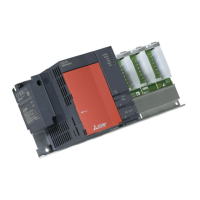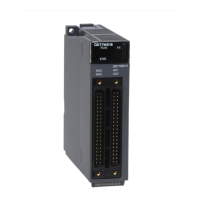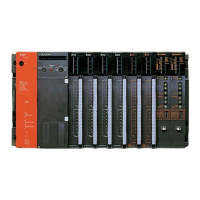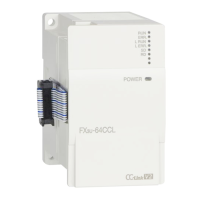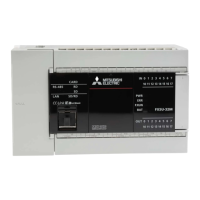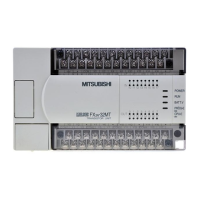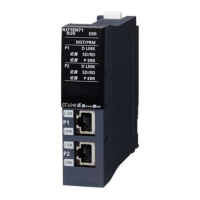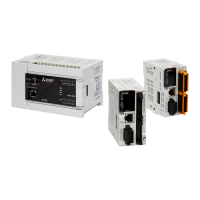189
CHAPTER 3 FUNCTIONS
3
3.15 Debug from Multiple Programming Tools
3.15 Debug from Multiple Programming Tools
This function allows simultaneous debugging from multiple programming tools connected to modules (such as a CPU
module and serial communication module). This function is useful when debugging multiple files divided according to
processes or functions.
(1) Description
The following table lists the combinations of functions that can be executed simultaneously using this function.
: Can be simultaneously performed, : Partially restricted, × : Cannot be simultaneously performed
*1 This includes a ladder monitor, device batch monitor, entry data monitor, entry ladder monitor, and local device monitor.
*2 Cannot be performed simultaneously when the step number, or the step number and device number, are set in the
monitor condition.
*3 Cannot be performed simultaneously unless the step number is set to the trace point or the trigger point.
*4 Cannot be performed simultaneously in the following cases.
•The data to be changed online includes the registration of an executional conditioned device test.
•When adding a ladder block by online change, registration of an executional conditioned device test is included in
the ladder block immediately after the one where the ladder block is to be added.
•The program to be changed online includes registration of an executional conditioned device test.
Function in
execution
Function executed later
Monitor
*1
Program
monitor
list
Interrupt
program
monitor
list
Monitor
condition
setting
Online
change
Scan time
measure
ment
Sampling
trace
Executional
conditioned
device test
monitor
*1
Program monitor list ×
Interrupt program monitor
list
×
Monitor condition setup ×
*2
Online change × × × × ×
Scan time measurement × ×
Sampling trace
*3
×
Executional conditioned
device test
*4
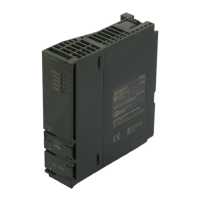
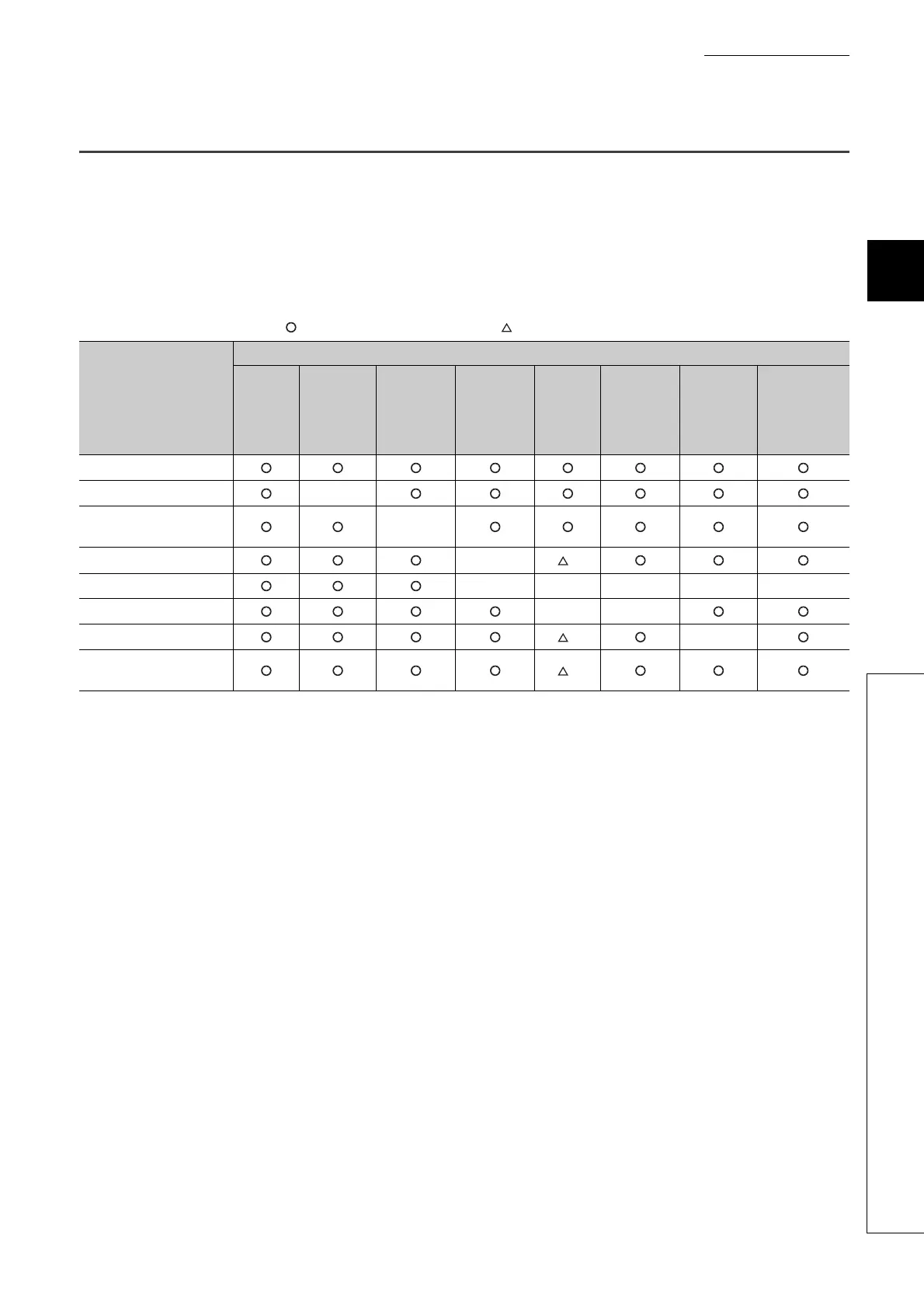